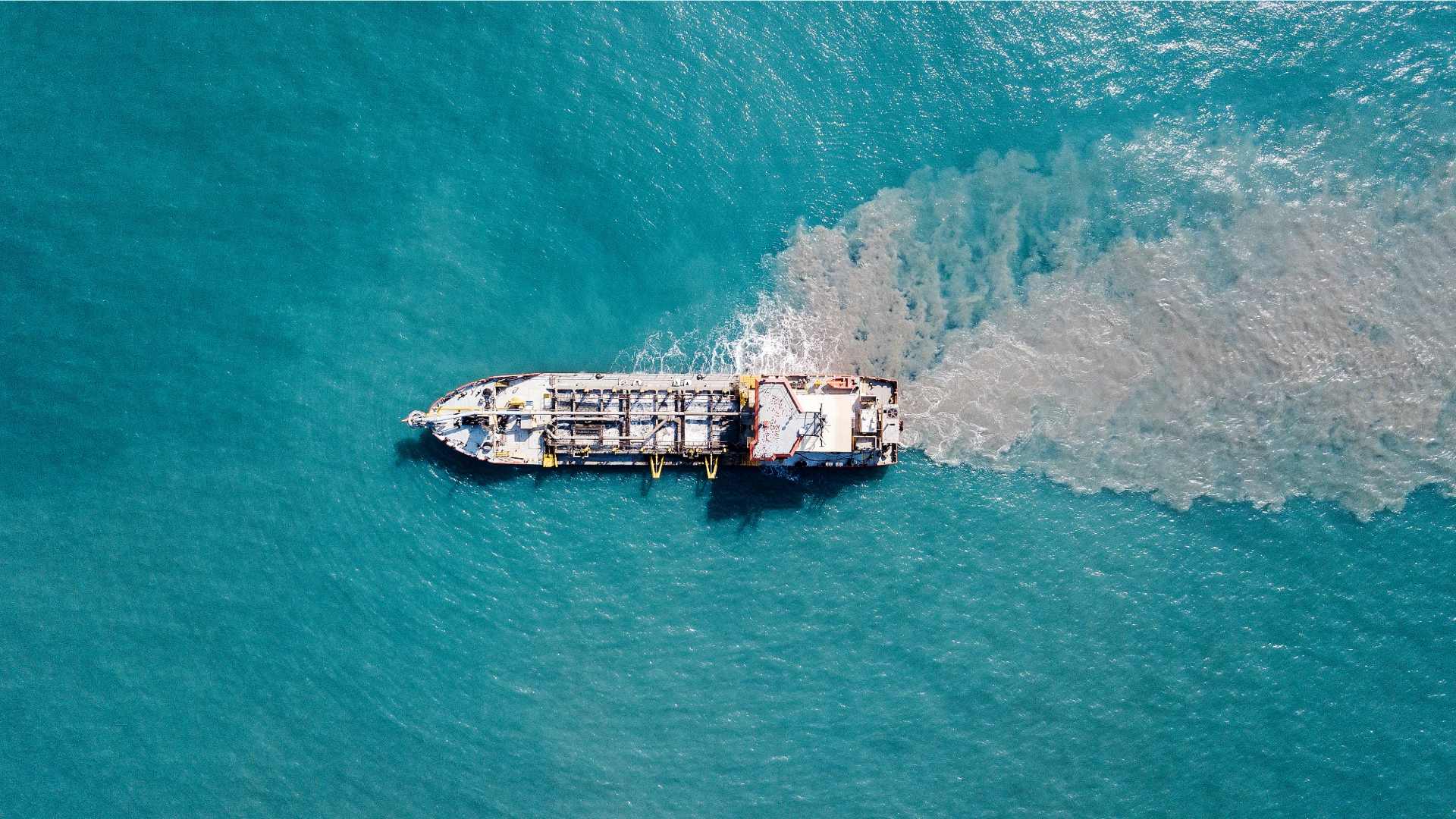Introduction
GALVESTON, Texas – As part of a critical annual maintenance effort, dredging at the Port Bolivar ferry landing is continuing through the July 4th holiday weekend. According to the Texas Department of Transportation (TXDOT), the harbor dredging project is essential to maintaining safe and navigable waters around the ferry terminal — and it won’t interrupt ferry operations during one of the busiest travel periods of the year.
“We’re working to make sure we’re not impacting our operations,” said Danny Perez, spokesperson for TXDOT. “This work is necessary, but we’ve made plans to minimize disruption for travelers, even during the holiday rush.”
Annual Dredging to Prevent Navigation Hazards
Dredging is a routine but vital task along the Texas Gulf Coast, especially in areas prone to shoaling — the accumulation of sediment that reduces water depth and hinders boat movement. The Bolivar harbor, particularly a section known as the Bolivar Flare, has been identified as one of the most shoal-prone areas along the Gulf Intracoastal Waterway.
The current dredging cycle began in the third week of May, conducted by the U.S. Army Corps of Engineers in partnership with TXDOT and marine contractor Callan Marine. The operation aims to maintain a minimum depth of 16 to 18 feet in the harbor. A second phase, scheduled for October, is expected to deepen the channel further to between 22 and 24 feet.
The importance of regular harbor dredging was emphasized earlier this year during Memorial Day weekend when one of TXDOT’s ferries, the Robert C. Lanier, ran aground on a sandbar. The ferry had to be nudged back into deeper water by a tugboat, marking the first such incident at the Port Bolivar ferry landing. While no injuries occurred, the event served as a stark reminder of the risks posed by inadequate channel depth.
“This type of work has to be done annually to make sure the waterway remains navigable,” Perez said. “We’re not just a ferry that carries cars. We carry 18-wheelers, we carry heavy vehicles, and they can be weighted down. We want to make sure the channel is clear and safe.”
Ferry Services Continue Uninterrupted
Despite the ongoing dredging, TXDOT has assured the public that ferry operations will proceed as normal over the Independence Day weekend. With over 90,000 cubic yards of sediment already removed in the current cycle, the remaining work — about 40,000 cubic yards — is being carefully scheduled to avoid impacting high-traffic periods.
Dredging teams are operating around the clock but with flexibility to reduce interference during peak boarding and unloading times. The agency has implemented safety protocols to ensure that ferry vessels and crew members can operate safely alongside the dredging equipment.
A temporary safety perimeter has been established around the active dredging zone to keep vessels out of hazardous areas. These precautions, according to TXDOT, are standard procedure during harbor dredging operations and have been effectively used in previous projects.
Long-Term Benefits of Dredging
While dredging is a costly and logistically complex endeavor, the benefits to the community, economy, and safety of marine transportation are immense. In addition to preventing vessel groundings, routine harbor dredging enhances cargo flow, supports tourism, and ensures emergency access in times of severe weather or medical evacuations.
The Port Bolivar ferry system is a vital transportation link in Southeast Texas, moving both residents and commercial vehicles across the water between Galveston and Bolivar Peninsula. The route sees tens of thousands of vehicles each week, and even short delays or interruptions can have cascading effects on regional traffic and commerce.
Furthermore, TXDOT’s ferries are responsible for transporting not only personal cars but large commercial trucks, delivery vehicles, and essential service providers. Keeping the channel open and at the proper depth ensures that all these services can continue without delay or incident.
“We understand how important this ferry system is for the public,” said Perez. “That’s why our teams work hard to complete this dredging with minimal disruption. It’s all about planning, execution, and safety.”
Environmental Considerations and Sediment Management
As with all federal and state-run dredging projects, environmental protection is a key component. Sediment removed during the process is not simply discarded but placed in designated containment or beneficial use areas. These sites are chosen to minimize ecological impact and, where possible, enhance coastal resilience.
In this case, a map released by TXDOT outlines where the dredged material from the Bolivar harbor is being deposited. Depending on the sediment quality and grain size, some material may be used for beach nourishment, marsh restoration, or shoreline stabilization in nearby coastal zones.
The project complies with all applicable environmental regulations, including those administered by the U.S. Environmental Protection Agency, the Texas Commission on Environmental Quality, and the Army Corps of Engineers.
Looking Ahead: October Dredging and Future Needs
While the July dredging project addresses immediate safety concerns, TXDOT and its partners are already planning for the second phase of work set to begin in October. This future phase will deepen the channel even further, aiming for a more permanent solution that can reduce the frequency and urgency of annual maintenance.
However, officials note that due to the ongoing risk of shoaling in the Bolivar Flare area, harbor dredging will likely remain an annual requirement for the foreseeable future. The region’s natural sediment flow and heavy marine traffic make regular dredging a necessity to keep ferry services safe and efficient.
Conclusion
As the Fourth of July approaches, visitors and locals relying on the Port Bolivar ferry can expect smooth sailing — thanks in large part to proactive dredging efforts by TXDOT and the U.S. Army Corps of Engineers. By maintaining adequate water depth and addressing sediment buildup head-on, the agencies are safeguarding a vital transportation route for Southeast Texas.
Whether traveling for holiday celebrations or routine commutes, passengers can rest assured that behind the scenes, crews are working tirelessly to keep the harbor clear, ferries running, and waterways safe.
